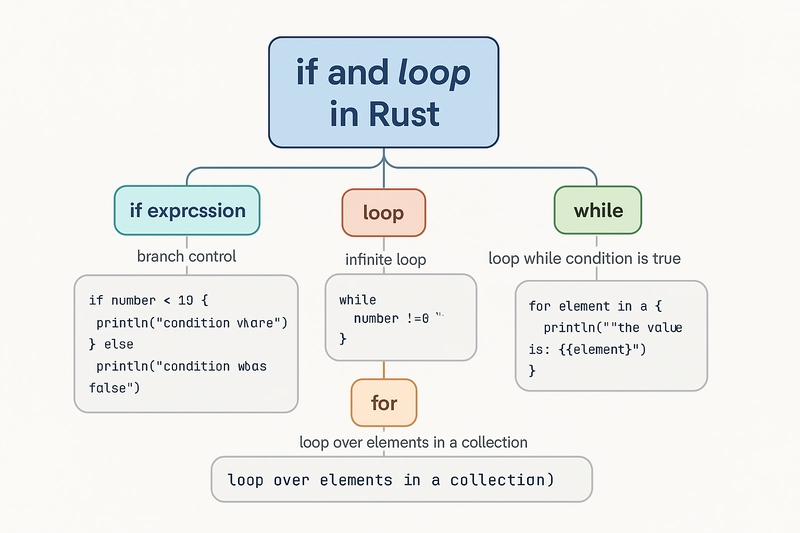JWT vs. PASETO: Which One is Right for You?
Introduction If you work with authentication in web applications, you’ve probably used JSON Web Tokens (JWT). JWT is a widely adopted standard, but it has its complexities and potential security pitfalls. As an alternative, PASETO (Platform-Agnostic Security Tokens) has emerged, designed to simplify secure token usage while enforcing strong cryptographic defaults. PASETO aims to reduce the cognitive load involved in securing tokens by removing many of the configuration steps that JWT requires. But dose the promise of enhanced security and simplicity mean it’s time to switch from JWT to PASETO? In this post, we’ll break down the key differences between JWT and PASETO, discuss their strengths and weaknesses, and give you some things to think about before deciding if a switch is right for your project. How JWT Works and Its Common Pitfalls 1. JWT Offers Flexibility, But at a Cost JWT supports multiple algorithms, giving developers the option to choose between HMAC, RSA, and ECDSA for signing and encryption. This flexibility, while useful, also introduces risks: Algorithm Confusion Attacks: If a developer mistakenly sets the algorithm to 'none', signature verification is skipped entirely. Key Management Complexity: Handling private/public key pairs securely requires extra effort, increasing the risk of misconfiguration. 2. JWT Payloads Are Not Encrypted By Default JWT uses Base64 URL-safe encoding for the payload, but this is not encryption—it is simply an encoding method. This means that unless explicitly encrypted (e.g., via JWE - JSON Web Encryption), the payload remains readable. Problem: Even if a token is signed, anyone intercepting it can see its contents. Workaround: Developers must implement additional encryption, adding complexity. 3. Verification Requires Extra Implementation With JWT, servers need to: ✅ Validate the token’s signature ✅ Check expiration time (exp) ✅ Ensure the correct algorithm is used This extra verification code opens the door for potential mistakes, which could compromise security. How PASETO Differs from JWT 1. Fixed Cryptographic Algorithms Unlike JWT, which allows multiple cryptographic options, PASETO enforces secure defaults for each version: V2 (widely used) ✅ Ed25519 for signing (public-key cryptography) ✅ XChaCha20-Poly1305 for encryption (symmetric encryption) By removing algorithm flexibility, PASETO prevents misconfigurations like weak signing algorithms or 'none' attacks'. 2. No Algorithm Confusion Attacks PASETO eliminates algorithm confusion attacks by not storing cryptographic details in the token itself. Unlike UWT, which includes the algorithm in the header, PASETO predefines the cryptographic method for each version, ensuring security. JWT Example: { "alg": "RS256", "typ": "JWT" } Attackers can tamper with this and attempt downgrade attacks. PASETO Solution: ✅ The cryptographic method is predefined based on the version, eliminating this risk. 3. Built-in Support for Encryption PASETO supports both:

Introduction
If you work with authentication in web applications, you’ve probably used JSON Web Tokens (JWT). JWT is a widely adopted standard, but it has its complexities and potential security pitfalls.
As an alternative, PASETO (Platform-Agnostic Security Tokens) has emerged, designed to simplify secure token usage while enforcing strong cryptographic defaults. PASETO aims to reduce the cognitive load involved in securing tokens by removing many of the configuration steps that JWT requires.
But dose the promise of enhanced security and simplicity mean it’s time to switch from JWT to PASETO?
In this post, we’ll break down the key differences between JWT and PASETO, discuss their strengths and weaknesses, and give you some things to think about before deciding if a switch is right for your project.
How JWT Works and Its Common Pitfalls
1. JWT Offers Flexibility, But at a Cost
JWT supports multiple algorithms, giving developers the option to choose between HMAC, RSA, and ECDSA for signing and encryption. This flexibility, while useful, also introduces risks:
-
Algorithm Confusion Attacks: If a developer mistakenly sets the algorithm to
'none', signature verification is skipped entirely. - Key Management Complexity: Handling private/public key pairs securely requires extra effort, increasing the risk of misconfiguration.
2. JWT Payloads Are Not Encrypted By Default
JWT uses Base64 URL-safe encoding for the payload, but this is not encryption—it is simply an encoding method. This means that unless explicitly encrypted (e.g., via JWE - JSON Web Encryption), the payload remains readable.
- Problem: Even if a token is signed, anyone intercepting it can see its contents.
- Workaround: Developers must implement additional encryption, adding complexity.
3. Verification Requires Extra Implementation
With JWT, servers need to:
✅ Validate the token’s signature
✅ Check expiration time (exp)
✅ Ensure the correct algorithm is used
This extra verification code opens the door for potential mistakes, which could compromise security.
How PASETO Differs from JWT
1. Fixed Cryptographic Algorithms
Unlike JWT, which allows multiple cryptographic options, PASETO enforces secure defaults for each version:
- V2 (widely used)
✅ Ed25519 for signing (public-key cryptography)
✅ XChaCha20-Poly1305 for encryption (symmetric encryption)
By removing algorithm flexibility, PASETO prevents misconfigurations like weak signing algorithms or 'none' attacks'.
2. No Algorithm Confusion Attacks
PASETO eliminates algorithm confusion attacks by not storing cryptographic details in the token itself. Unlike UWT, which includes the algorithm in the header, PASETO predefines the cryptographic method for each version, ensuring security.
-
JWT Example:
{ "alg": "RS256", "typ": "JWT" }Attackers can tamper with this and attempt downgrade attacks.
-
PASETO Solution:
✅ The cryptographic method is predefined based on the version, eliminating this risk.
3. Built-in Support for Encryption
PASETO supports both:










































































































































































![[The AI Show Episode 142]: ChatGPT’s New Image Generator, Studio Ghibli Craze and Backlash, Gemini 2.5, OpenAI Academy, 4o Updates, Vibe Marketing & xAI Acquires X](https://www.marketingaiinstitute.com/hubfs/ep%20142%20cover.png)



























































































































![[DEALS] The Premium Learn to Code Certification Bundle (97% off) & Other Deals Up To 98% Off – Offers End Soon!](https://www.javacodegeeks.com/wp-content/uploads/2012/12/jcg-logo.jpg)


![From drop-out to software architect with Jason Lengstorf [Podcast #167]](https://cdn.hashnode.com/res/hashnode/image/upload/v1743796461357/f3d19cd7-e6f5-4d7c-8bfc-eb974bc8da68.png?#)








































































































.png?#)


































_Christophe_Coat_Alamy.jpg?#)
 (1).webp?#)






































































































![iPhone 17 Pro Won't Feature Two-Toned Back [Gurman]](https://www.iclarified.com/images/news/96944/96944/96944-640.jpg)
![Tariffs Threaten Apple's $999 iPhone Price Point in the U.S. [Gurman]](https://www.iclarified.com/images/news/96943/96943/96943-640.jpg)





































































































































